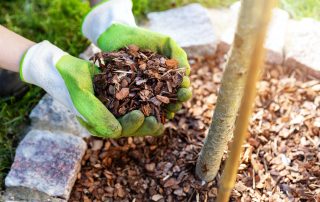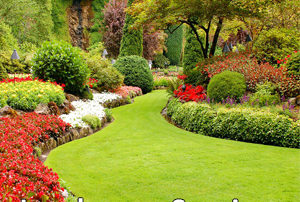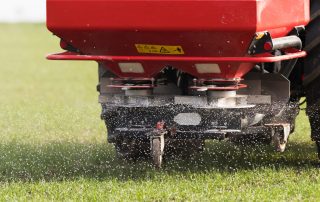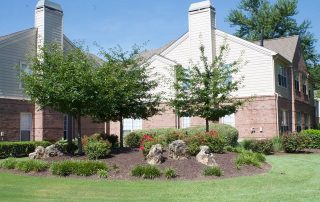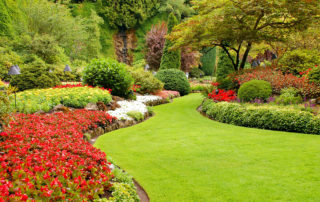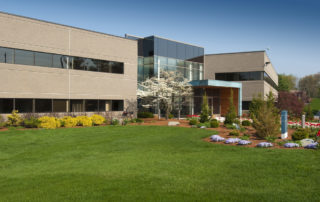Pugh’s Earthworks recommends proper spreading of mulch for winter plant protection
Pugh's Earthworks Fall has now officially arrived and will last from September 22nd through December 21st. It will not be too much longer until the temperatures drop to freezing which creates concerns for certain plants. For many plants and flowers, these frigid conditions will potentially lead to damage unless they get an extra layer of protection. That is where mulch comes in as part of regular fall landscape maintenance services. In fact, mulching serves as one of the best blanket covers for things like strawberries, some perennials, and many other types of plants during cold conditions. Winter mulch helps stop soil from either freezing and thawing conditions. It is the repeated freezing and thawing that can force stems, roots, and bulbs/tubers to come out of the ground. Plus, this can severely damage or kill plants. There are different types of mulch to consider. Straw is one popular mulching material as it is plentiful and relatively inexpensive. The benefits are that straw offers good insulation, encourages sufficient air movement, and does not smother plants or flowers. Just one bale of straw can cover 100 square feet to a depth of at least three inches. Other types of winter mulches to consider include bark chips, hay, chopped corn stalks, pine needles, or shredded leaves. Those mulches to avoid include whole leaves, sawdust, or grass clippings because they can form a thick mat and suffocate the flowers and plants. Wood chip mulch is ideal for the root zone areas of trees and shrubs. However, plants like hardy shrub roses do not need any winter protection like mulch. Yet, other types of rose plants may need a double layer of protection in the form of mulch and potting soil. Leave the mulching to us. Contact us today for a monthly service plan that includes mulching for the winter of all your commercial landscape areas. We can ensure your plants, flowers, and shrubs make it through the winter while keeping a beautiful view for your customers. Gardener applying mulch The Pugh's Earthworks management team started out small and worked their way up with limited prior experience. With hard work, dedication and the strong will to succeed, the three brothers have created a superior and well run commercial landscaping company. From the management team to the most junior landscape technician, we are committed to being the most trusted and results oriented landscaping company in the markets we serve. Every aspect of the business is taken seriously from hiring, ongoing training, equipment investment and certification/licensing. Pugh's Earthworks does not cut corners with staffing, equipment and hiring of vendors to help the company stand out. It is this dedication and commitment to quality that keeps Pugh's Earthworks as a standout in the markets we serve. Those competitive markets are Memphis, Nashville, Jackson TN, Little Rock and Southaven MS. In every market we are committed to providing the highest quality landscaping services available. Our certified professional team is committed to acting with the utmost of integrity with our business [...]

